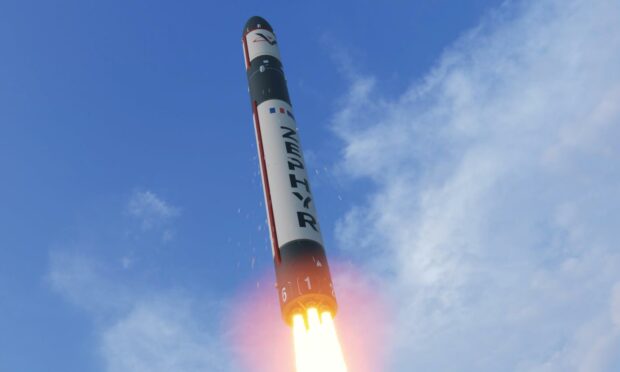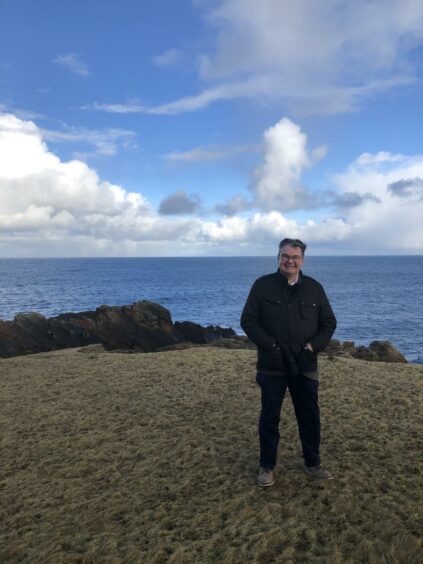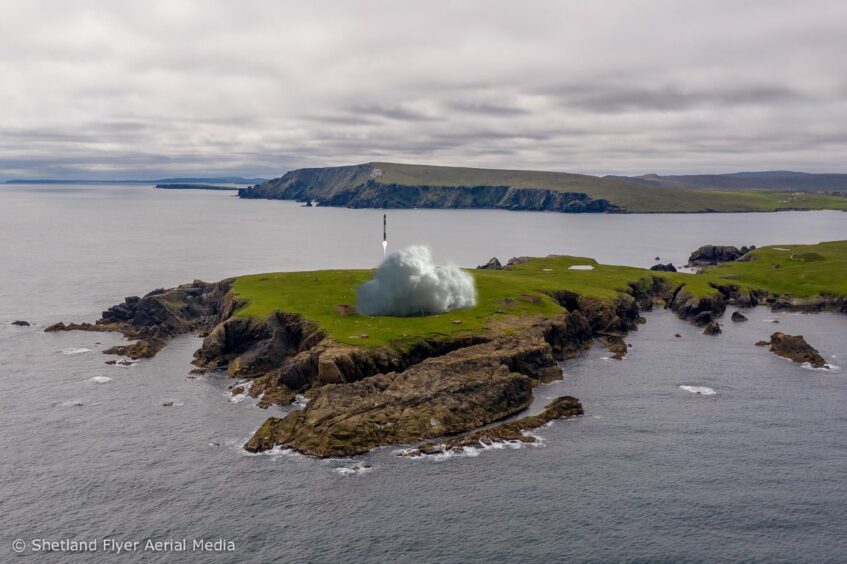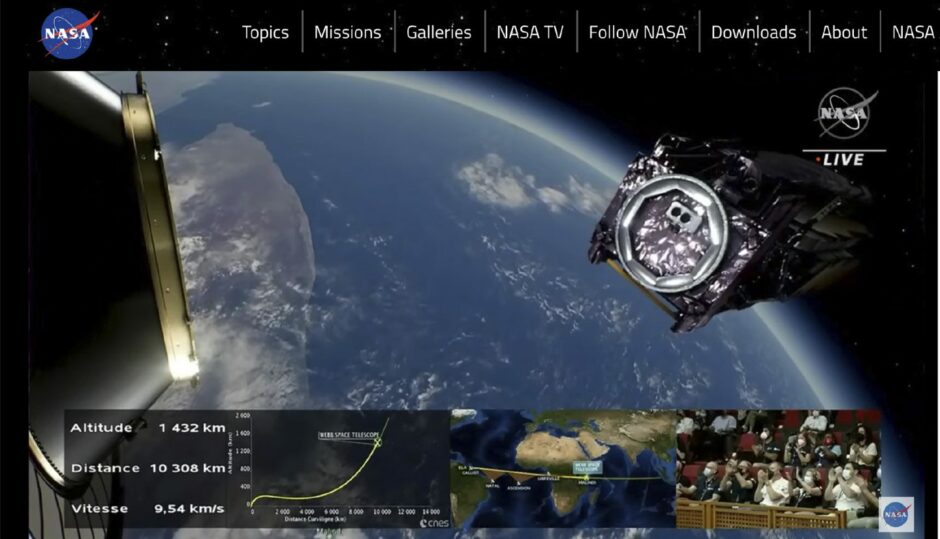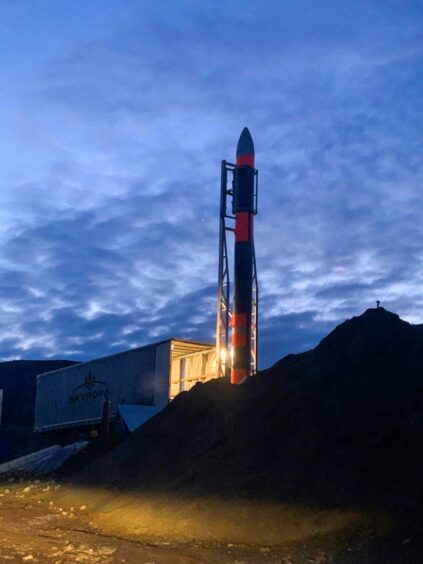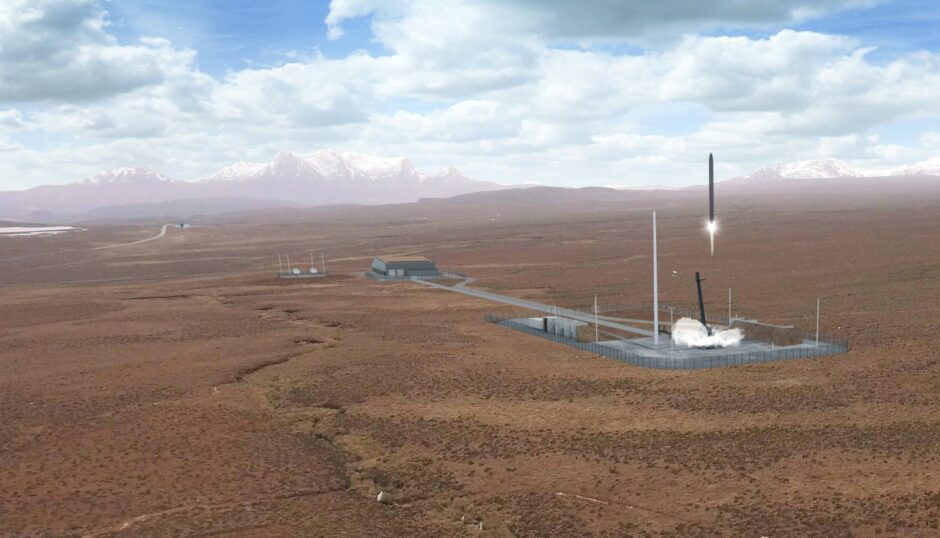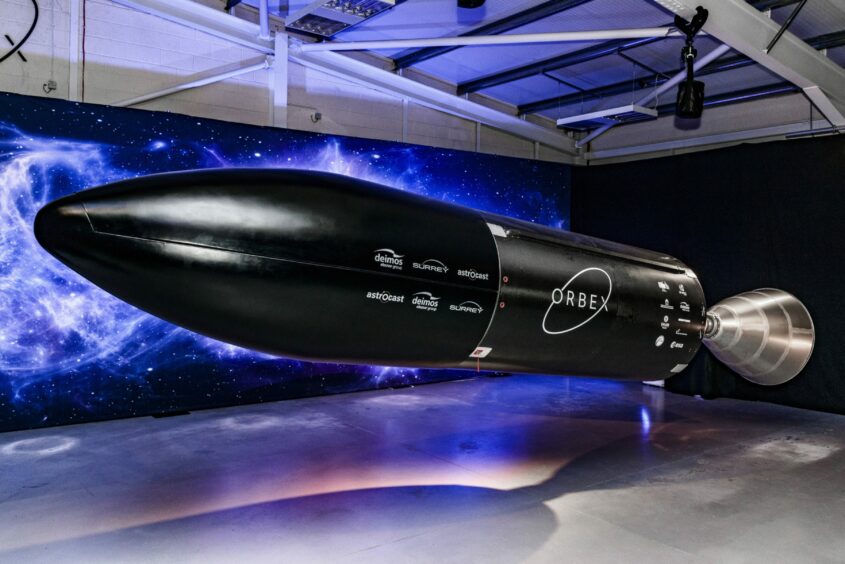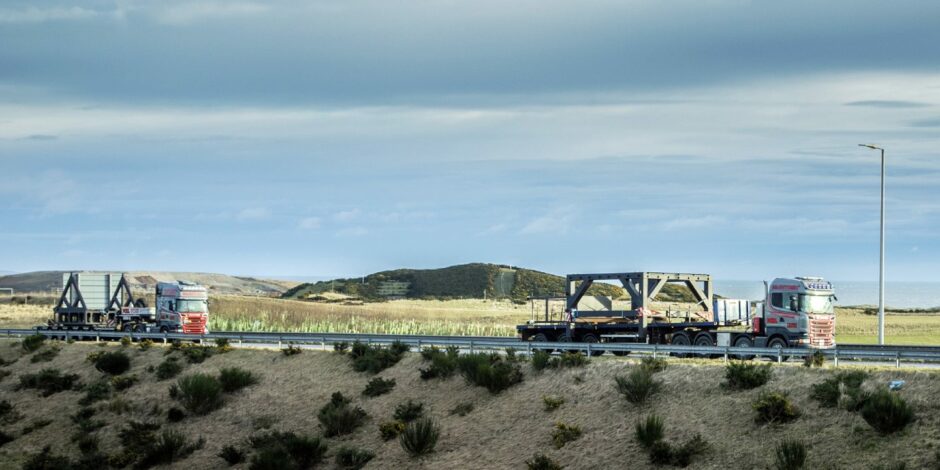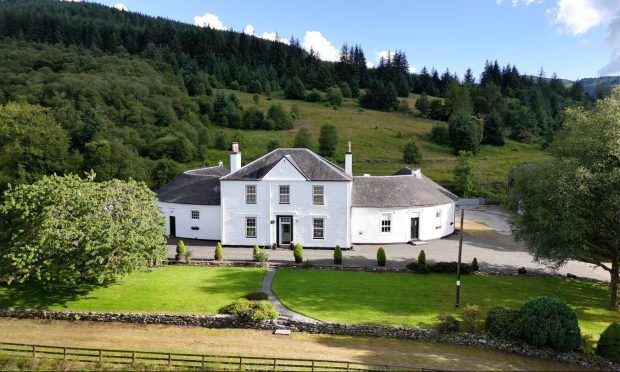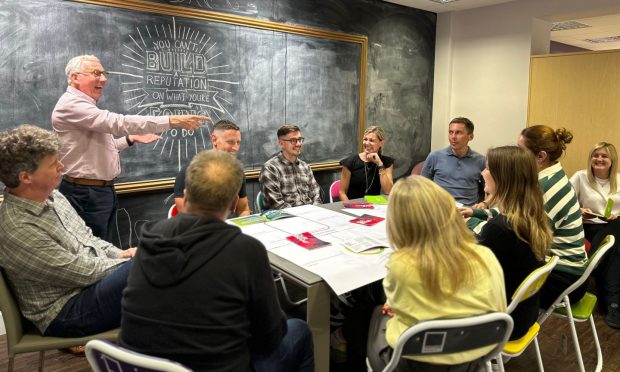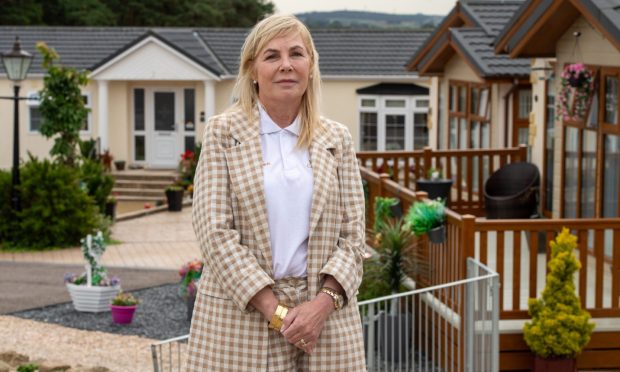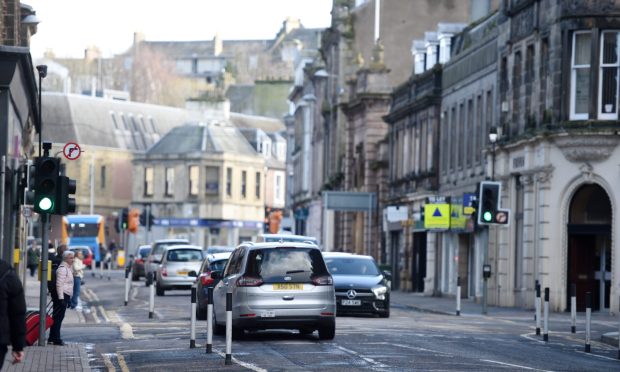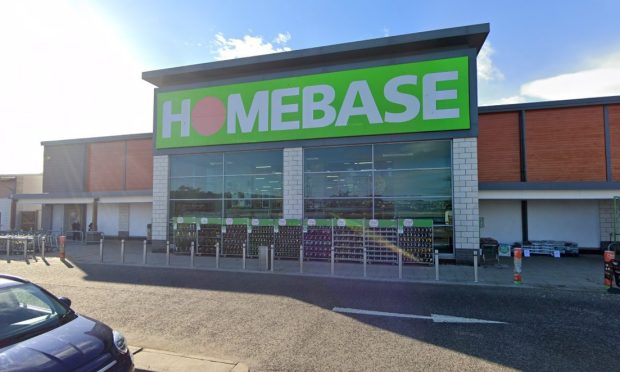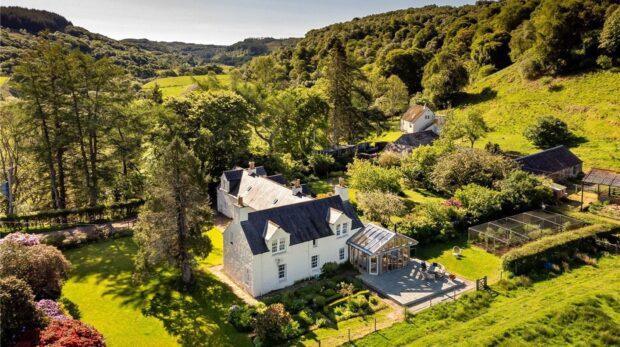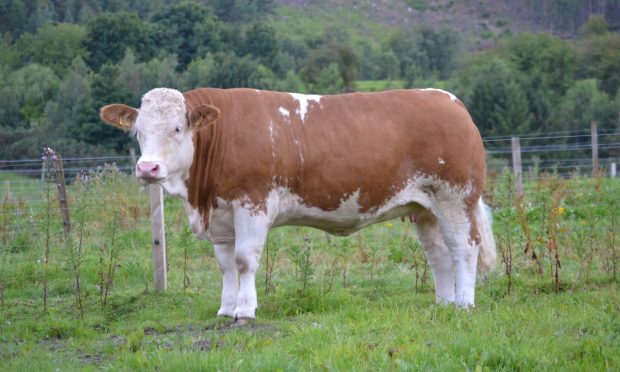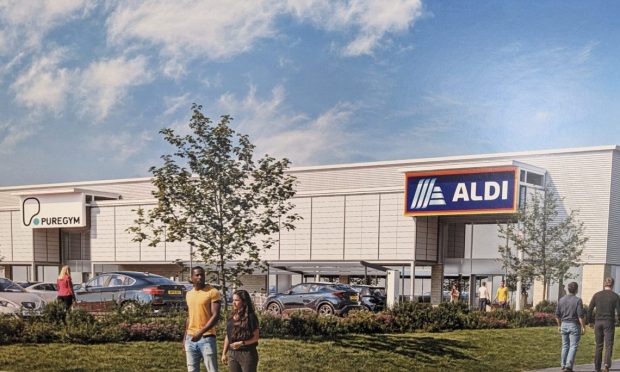The latest small step towards the giant leap of the first vertical launch from UK soil was the granting of planning permission for the SaxaVord Spaceport on Shetland.
It paves the way for construction work to begin on three planned launch pads on Unst, our northernmost inhabited isle.
I visited the ruggedly beautiful site last month as part of a series of engagements on the islands and it was nothing short of spine-tingling to imagine that we are mere months away from lift-off.
Space launches these days comprise two types – horizontal and vertical.
The former uses an aircraft to carry the space vehicle to altitude from where it then travels beyond the atmosphere. Vertical is more familiar to us all, with an upright rocket on a launch pad.
Lockheed Martin are targeting this autumn for their first UK launch, using ABL’s RS1 rocket from SaxaVord, delivering several satellites into orbit.
Not so long ago, such an idea seemed like something from the future. Well, the future is here and now.
ABL Space Systems – Lockheed Martin’s partner to deliver the UK’s first vertical launch – are prepping their RS1 rocket which lift off from SaxaVord with a “tug” developed by Moog in Reading, Berkshire. It’s a specialist spacecraft that will inject up to six cubesats into precise orbits.
Shoebox-size satellites ‘bristling with technology’
Cubesats are shoebox-size satellites bristling with technology to handle important global challenges such as helping tackle climate change by monitoring the Earth’s atmosphere, to tracking ships at sea, minding crops in fields.
Their modest size is inversely proportional to their abilities and more are manufactured here in Scotland than in any other European country.
Satellites have already revolutionised our world, transforming global communications and helping everyone from motorists to Munro baggers find their way thanks to global positioning.
That’s just the start and the UK Government is determined Britain will maximise emerging celestial opportunities.
The blueprint is our National Space Strategy, setting the UK off on a mission to make us one of the most innovative and attractive space economies in the world.
Central is the work of the UK Space Agency to establish the country as Europe’s leading small-satellite launch destination, while inspiring the next generation of British space scientists, engineers and entrepreneurs.
The National Space Strategy has set the target of the UK being the first to launch in Europe and becoming the leading European provider of commercial launch by 2030.
UKSA’s Spaceflight Programme is already delivering against the ambition set out in the National Space Strategy.
A £13.5m grant to Lockheed Martin – part of £31.5m funding from the UK Government to support launch from Scotland – is supporting the creation of vertical launch capability at SaxaVord Spaceport.
Our Technology Safeguards Agreement allows US companies to operate from UK spaceports and covers the export of space launch technology, enabling UK companies to access new customers and revenue streams for the first time.
Meanwhile, UKSA has also awarded Highlands and Islands Enterprise (HIE) grant of £2.5m to support the build of Space Hub Sutherland.
Located northwest of the village of Tongue, this was the first spaceport site to receive planning permission and will comprise a launch pad, control centre and associated infrastructure for the transport and preparation of launch vehicles, catering for multiple companies and users.
Forres-based Rocket manufacturer Orbex, received £5.5m in grant funding from the UK Space Agency to build a new rocket for launch from the site.
Orbex is also currently constructing a state-of-the-art test facility in Kinloss in Moray, including their new test platform – Orbex LP1. It will support Orbex’s Prime rocket, which has been developed to transport small satellites to low Earth orbit. The facility is due for completion this Spring.
Orbex, was one of four British companies the government supported last year, to successfully secure a total of over £10 million in European Space Agency funding to develop their world-leading small satellite launch technologies and bring them to market.
A second Scottish based launcher company, Skyrora, also benefitted, as did D-Orbit and Space Forge based in England and Wales.
This funding was part of a £12m investment by the UK Government into the European Space Agency’s Commercial Space Transportation Services programme (CSTS), a fully business-based programme aimed at providing tailored support to launch companies and related infrastructure providers.
Though the UK’s first horizontal space launch is likely to be from Spaceport Cornwall this summer, Scotland has a role in horizontal launches too.
Scotland is blessed
Scotland is blessed with its position on the planet’s surface, an important concern for launches, and with a top-tier workforce that’s well placed to capitalise on a high-tech industry which already employs 42,000 across the UK.
Though media focus is often on the dramatic human ‘Right Stuff’ in space, the right earthbound conditions are essential. In a sector where precision is critical, surety around regulations is a prerequisite for firms to progress.
The UK now offers the most modern and progressive spaceflight regulations in the world, with legislation underpinned by a focus on keeping the public safe, protecting the environment both on Earth and in space, and safeguarding national security.
Scotland is already providing the brains that have created space-borne technology. We are constructing satellites right here; crafting the onboard software; and analysing the data that makes them so useful.
In 2022, we stand on the cusp of a new phase in which Scotland will literally provide the launch pad for a remarkable facet of human ingenuity.
Iain Stewart is the UK Government Minister for Scotland
